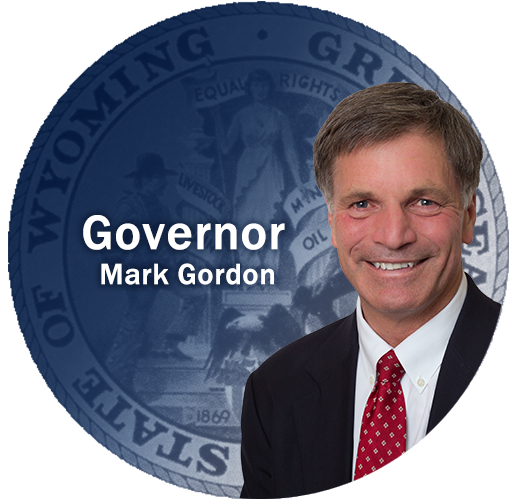The Mayors’ Institute on City Design releases "Creative Placemaking"
Uncategorized | November 22, 2010
The Mayors’ Institute on City Design releases “Creative Placemaking” Report focuses on how communities are using the arts and other creative assets to help shape their physical, social, and economic character.
National Endowment for the Arts (NEA) Chairman Rocco Landesman, U.S. Conference of Mayors Executive Director and CEO Tom Cochran, and American Architectural Foundation President and CEO Ron Bogle are pleased to announce the Mayors’ Institute on City Design’s (MICD) most recent publication, Creative Placemaking by Dr. Ann Markusen, principal of Markusen Economic Research Services, and Anne Gadwa, principal with Metris Arts Consulting.
Creative Placemaking is a resource for mayors, arts organizations, the philanthropic sector, and others interested in understanding strategies for leveraging the arts to help shape and revitalize the physical, social, and economic character of neighborhoods, cities, and towns.
In the words of the report, “Creative placemaking animates public and private spaces, rejuvenates structures and streetscapes, improves local business viability and public safety, and brings diverse people together to celebrate, inspire, and be inspired.”
NEA Chairman Rocco Landesman said, “Dr. Markusen’s report lays out the elements, benefits, challenges, and how-tos of using the arts in smart and sustainable community design. Art works across America to help shape communities where residents want to live, work, and play.”
Burnsville (MN) Mayor and U.S. Conference of Mayors President Elizabeth Kautz said, “As a mayor who has supported efforts to stimulate my city’s economy through creative placemaking techniques, I believe this report will be valuable to mayors who want to learn about best practices that have worked in other cities that promote the arts and economic development.”
Since 1986, the Mayors’ Institute on City Design has helped transform communities through design by preparing mayors to be the chief urban designers of their cities. MICD organizes sessions where mayors engage leading design experts to find solutions to the most critical urban design challenges facing their cities. Sessions are organized around case-study problems. Each mayor presents a problem from his or her city for the other mayors and designers to discuss.
Creative placemaking is one of the tools that mayors can use to tackle their design challenges, whether it is building artist live/work spaces in abandoned warehouses, designing youth employment programs around mentoring relationships with artists, or curating a performing arts series in urban public places.
“Urban design is one of the tools mayors have used to create the environment for creative businesses to grow. The National Endowment for the Arts support of the Mayors Institute of City Design program for the past 25 years has been critical in allowing mayors to create opportunities for arts and cultural enterprises to flourish,” said Charleston (SC) Mayor Joe Riley, who founded the Mayors’ Institute on City Design.
Ron Bogle with the American Architectural Foundation notes, “AAF advocates for the power of the arts and design to transform communities. Dr. Markusen’s report gives significant validity to this claim and inspires mayors and other civic leaders to incorporate design as a key driver for community development and an integral component in their leadership portfolios. “
“Mayors ‘get it’ when it comes to creative placemaking. As shown in this report, there are a number of examples where mayors have led the way in using the arts to rejuvenate neighborhoods and spark business development, ” said Tom Cochran, U.S. Conference of Mayors CEO and Executive Director.
Creative Placemaking features sections on the:
* Challenges for creative placemaking such as clearing regulatory hurdles and developing evaluation metrics.
* Components of successful projects including mobilizing public will and designing around distinctiveness.
* Recommendations for integrating creative placemaking into public policies.
The report concludes with fourteen case studies from different communities across the country. Those case studies are:
Art-A Rural Community’s Newest Crop: Arnaudville, Louisiana
After Autos … Artists: Artspace Buffalo Lofts: Buffalo, New York
After School Matters in Chicago, Illinois
Community Developers Partner with Theaters: Cleveland, Ohio’s Gordon Square Arts District
Art as Healing: Fond du Lac Reservation, Minnesota
Art Shores Up the Walk of Fame: Remaking Los Angeles, California’s Hollywood
Chasing Artists, Not Smokestacks: Paducah, Kentucky Artist Relocation Program
Transforming Neighborhoods and Lives: Philadelphia, Pennsylvania’s Mural Arts Program
Animating Infrastructure: Phoenix, Arizona Public Art Program
Building Community, Boosting Ridership: TriMet’s Interstate MAX Public Art Program: Portland, Oregon
Mayors and Artists Spark a Renaissance: Providence, Rhode Island
Marrying Art to Technology: 01SJ Biennial: San José, California
Artists, the Third Leg of the Cultural Stool: Creative Entrepreneur Project, San José, California
Unusual Bedfellows Transform the City of Music: Seattle, Washington
This report is available http://arts.gov/pub/CreativePlacemaking-Paper.pdf on the NEA’s website along with other arts and community design resources including:
* Examples of creative placemaking projects through the MICD25 funding program http://arts.gov/national/MICD25/index.html MICD25 grants were awarded in July 2010 to 22 organizations that used the arts in innovative ways to improve their neighborhoods.
* Research reports such as Live from Your Neighborhood: A National Study of Outdoor Arts Festivals http://arts.gov/research/Festivals-Report.pdf and The Arts and Civic Engagementm http://arts.gov/pub/CivicEngagement.pdf
* An archived webcast of a panel on creative placemaking http://arts.gov/av/video/creativeplacemaking/video/creativeplacemaking/index.html featuring Dr. Markusen and author Richard Florida among others.
* Videos http://arts.gov/national/MICD25/index.html about community design with NEA Design Director Jason Schupach.
The National Endowment for the Arts was established by Congress in 1965 as an independent agency of the federal government that has awarded more than $4 billion on projects of artistic excellence, creativity, and innovation for the benefit of individuals and communities. The NEA extends its work through partnerships with state arts agencies, local leaders, other federal agencies, and the philanthropic sector. To join the discussion on how art works, visit the NEA at www.arts.gov
Sort
By Category
By Month
By Year
